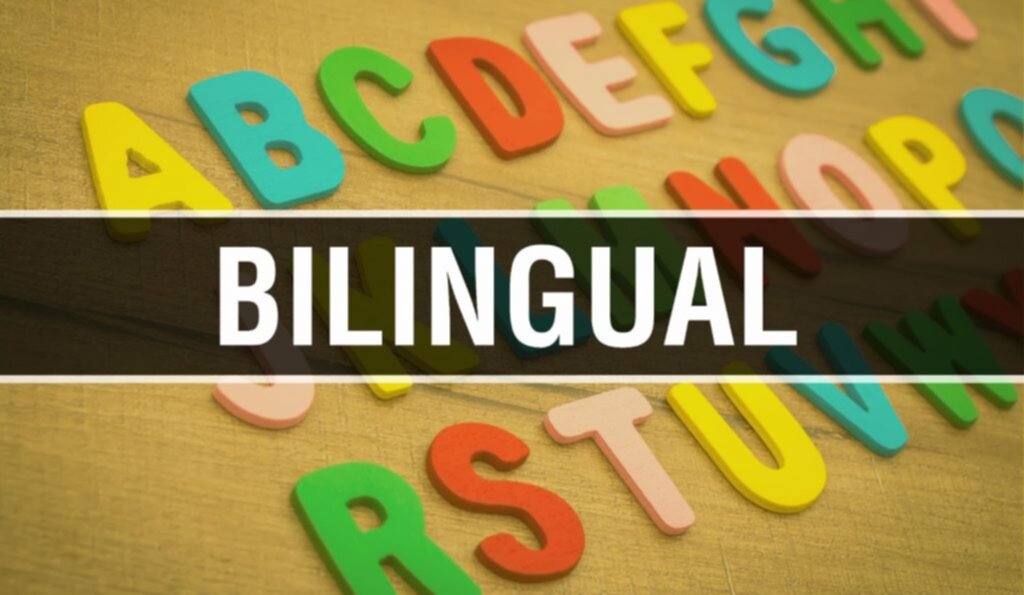
Bilingual programs and books have been popular since the Bilingual Education Act (BEA); Title VII of the Elementary and Secondary Education Act (ESEA) of 1968 was first passed by federal legislation. The BEA recognized the needs of English Learner (EL) students and was the first bill to grant funds to ELs. Bilingual education has remained popular over the years due to positive outcomes. But, did you know that bilingual programs and books help foster English As A Second Language (ESL)? Read on to find out more about the bilingual and ESL connection.
Some educators may not believe that bilingual programs and books foster ESL. However, when parents can communicate in their first language for content and then they are introduced to ESL, they have a better understanding of English or their second language. This is particularly helpful when parents don’t have strong formal schooling in their first language and have not learned grammar in Spanish or their native language. Therefore, having two languages side-by-side helps parents understand vocabulary or grammar.
The Latino Family Literacy Project offers professional development opportunities that combine bilingual education and ESL to foster parental involvement and academic success in EL students. Lectura Books offers an array of bilingual books and workbooks that EL parents and children can read together.
The Family Phonics workbook series from Lectura Books is one of the greatest resources that teachers and EL parents can use, as parents can learn English vocabulary and correct English language pronunciation. The series includes 3 levels and focuses on core components of phonics such as rhyming words, learning vowels, and understanding simple words. Additionally, the Family Phonics workbook series is ideal for Title I Parent Involvement, Title III for English Language Development, and other ESL programs.
Each workbook in the Family Phonics series includes a review of new vocabulary words, Spanish language support with pictures, practicing upper and lower case letters, word and picture match, fill in the blank sections, and learning short and long vowels. Additionally, the series gives an opportunity for writing and activities that parents and children can participate in doing together.
For more information on bilingual education and ESL visit Lectura Books and The Latino Literacy Literacy Project. Both websites feature important resources and professional development training necessary for working EL students and parents.
